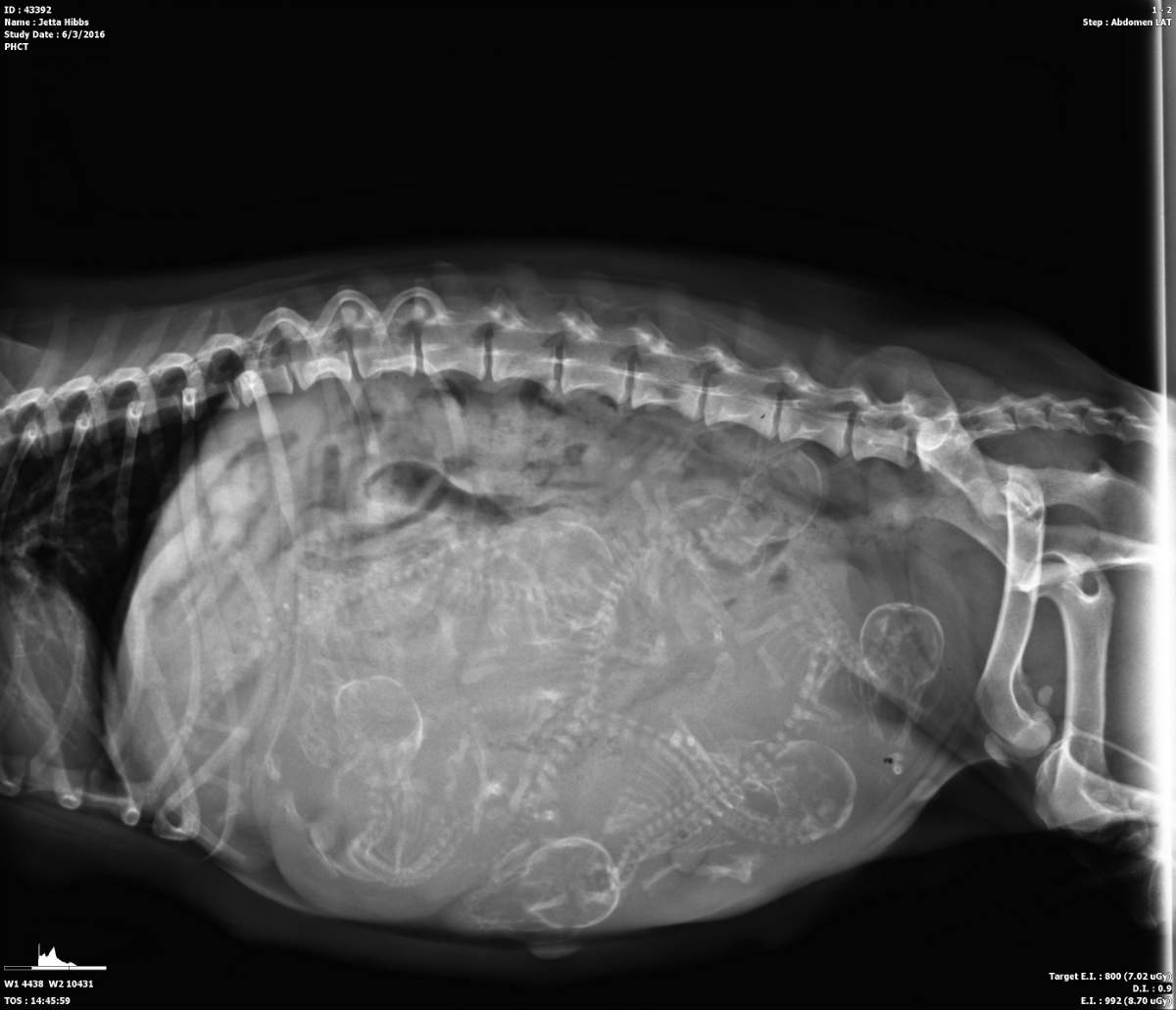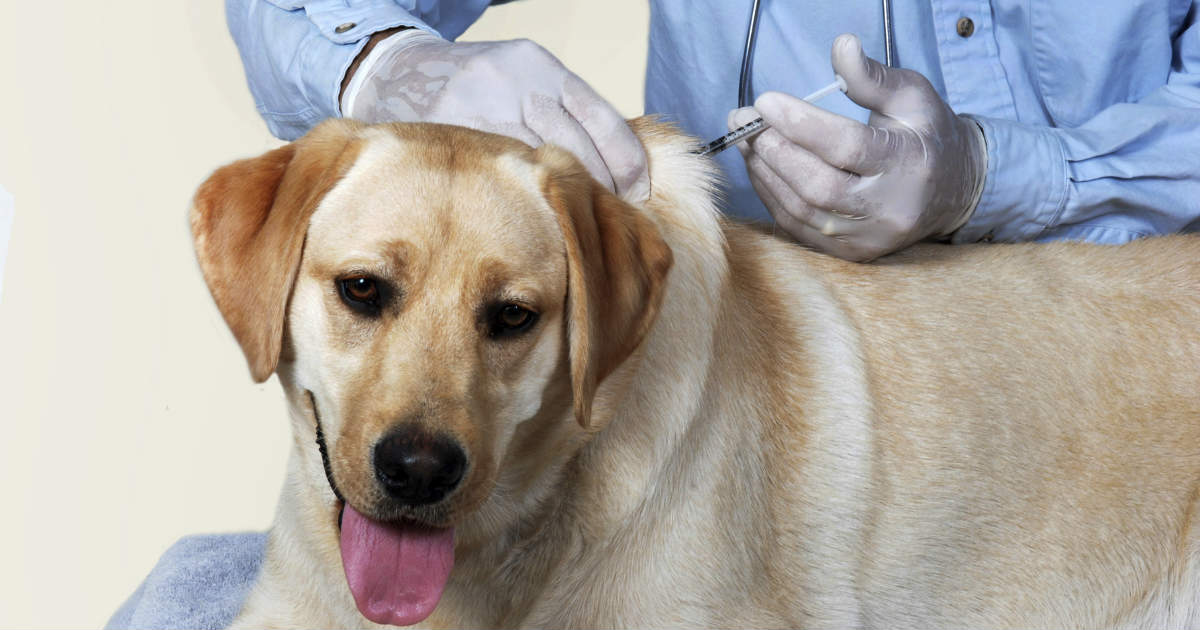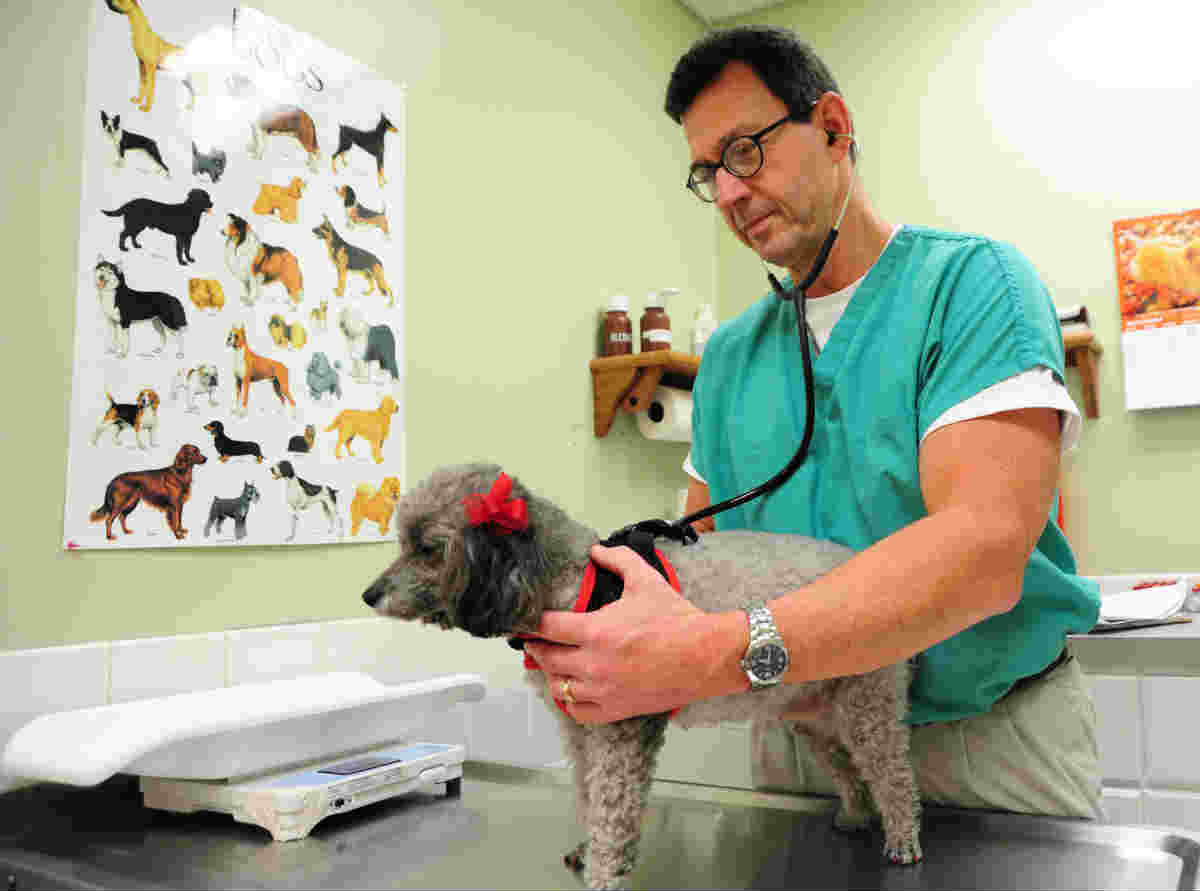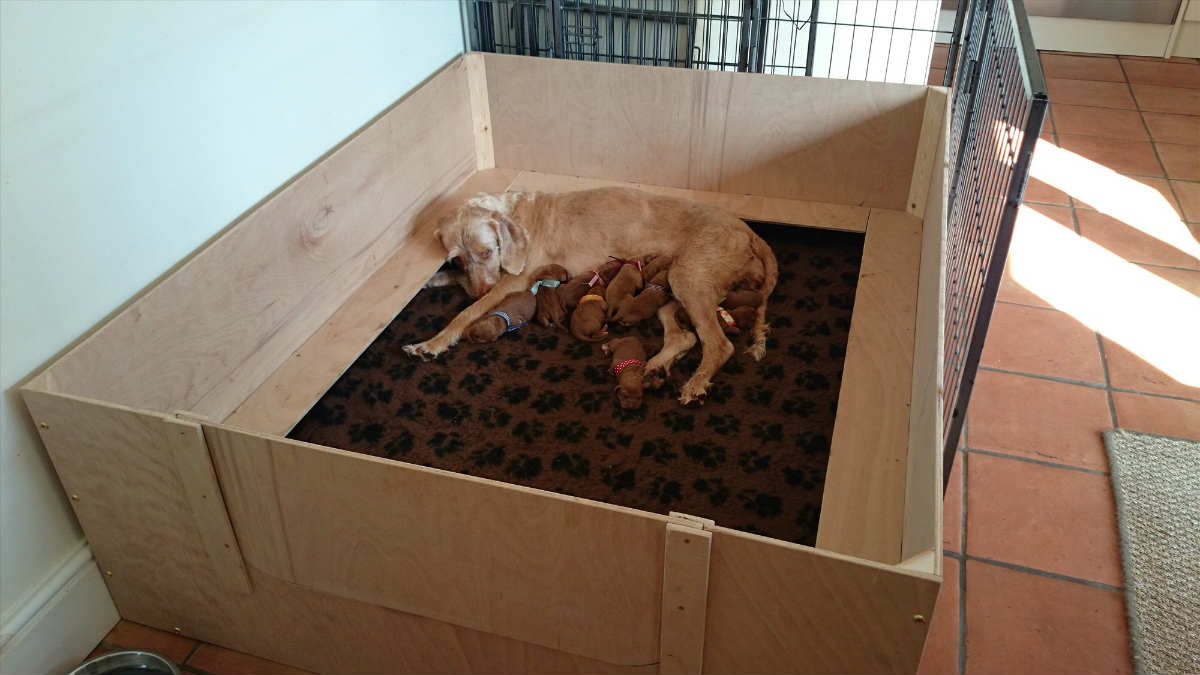Just like human pregnancies, dog pregnancies are complicated and sometimes confusing. Understanding dog pregnancy is crucial especially if your dog is pregnant or you are planning to breed your dogs. There are many things you need to know about dog pregnancy, from the signs of pregnancy to caring after your little puppies is born. Here is some information about dog pregnancy that should help you out.
How long is a dog pregnancy
For female dogs, sexual maturity is reached between age of 6 to 12 months. This means they can get pregnant at just 6 months of age. Dog pregnancies normally last for nine weeks (approximately 60 days), although they might give birth sooner or later.
Signs of pregnancy
If you have carefully planned for the breeding, here are some physical signs that indicate your breeding was a success.
a) A bigger belly

Pregnant dogs will have a bigger belly as the pregnancy progresses, just like humans. However, a bigger belly could sometimes be a symptom of disease.
b) Increase in appetite
Be alert to any changes in your dog’ s appetite. A dog that is pregnant may eat more than usual. However, a pregnant dog may also have morning sickness that causes it to lose appetite and vomit, just like humans. Unlike humans, morning sickness in pregnant dog ends fast. It normally lasts for just a few days.
c) Increase in breast and nipple size
The size of the breast of a pregnant dog will increase significantly and its nipples will become swollen. You might even detect some milky fluid as well.
d) Body discharge
You will notice a constant mucous discharge from the vulva if your dog is pregnant.
e) Increase in weight
As the pregnancy progress, the pregnant dog’s weight will start to increase. She is likely to gain 15% to 25% of weight depending on the number of puppies she is carrying.
Some dogs could experience phantasm pregnancy where the dog shows the signs of pregnancy but she’s actually not pregnant. A dog might gain weight, have larger breasts and nipples, display nesting behavior and even produce milk, but she's actually not pregnant. This is a rare phenomenon that happens only in dogs. If your dog is having a phantasm pregnancy, consult your vet for a solution.
Diagnostic tests
The more accurate ways to confirm pregnancy in dogs is through diagnostic tests.
1) Abdominal palpation
Abdominal palpation refers to careful massaging of the dog’s tummy to feel for the puppies growing in the uterus. Be mindful that abdominal palpation should not be attempted without assistance of veterinarian or you may hurt the puppies. Abdominal palpation can be performed as early as three weeks after mating.
2) Ultrasound scan
Your veterinarian can do a ultrasound scan as early as three weeks after mating to determine if your dog is pregnant. An ultrasound can detect fetal heartbeats, thus your veterinarian may the estimate the number of puppies your dog is carrying. By using the ultrasound scan, your veterinarian might be able to predict your dog’s due date as well.
3) Witness Relaxin test
You can have your veterinarian to do an inexpensive witness relaxin test to test the presence of relaxin after 4 weeks of gestation. Relaxin is a type of hormone that is released only during pregnancy.
4) X-rays
 Photo by Brian (Jetta Hibbs)
Photo by Brian (Jetta Hibbs)
X-rays are probably the most effective way to determine if a dog is pregnant. However, you have to wait until week six of gestation before you can use this method because the puppies’ skeletal system is not obvious until then. X-rays are also the most reliable way to determine how many puppies a dog is carrying. Some people argue that X-rays can harm puppies inside the uterus due to the strong radiation.
Caring for pregnant dogs
As mentioned above, a dog's pregnancy period is nine weeks. In these nine weeks, a pregnant dog should be carefully tended to so that it can give birth to healthy puppies.
a) Nutrition
During the first couple of weeks, you can feed your dog her normal diet. Supplements like vitamins are not necessary. However, as the pregnancy progresses, she needs extra calories to aid her puppies’ growth. Veterinarians would recommend puppy food which is high in proteins, fats, and minerals. Hence, puppy food is also easier to digest. When you are feeding your pregnant dog, make sure the meals are in smaller portions but feed her frequently, because she can’t take in a large meal as the growing puppies occupy a lot of space inside her tummy
b) Exercise
If your dog has been doing exercise regularly, you can carry on with the activity. But make sure to let her do only mild exercise like walking. You may also engage in light game activities such as playing fetch and catch. Whether it’s exercise or light game activities, keep the sessions short. Don’t overexert your pregnant dog.
c) Vaccination

Vaccination should not be given to your dog during her pregnancy. If your dog’s vaccination is out of date, it’s always a good idea to vaccinate her before she gets pregnant.
d) Veterinary visit

It’s important to have your pregnant dog undergo several check-ups during the whole pregnancy period. This is to make sure that your dog and her puppies are healthy.
Preparation
# Know the due date
Try to know the due date of your pregnant dog. Your veterinarian should be able to estimate the due date of your pregnant dog. Knowing the due date can help you to get better prepared. When the time draws near, you will want to start measuring your dog’s temperature every day because dogs should go into labour within a day of their temperature dropping from a normal temperature (100-to-102.5 degrees Fahrenheit) to 99 degrees or even lower.
# Prepare the whelping box

The next thing you have to consider is to build a whelping box for your dog. Dogs look for safe, warm and comfortable places to deliver their babies. If you have more than one dog, make sure you set up the whelping box in a familiar yet private area where other dogs don’t have access to. Put the blankets, sheets or towels inside the whelping box. Set up the whelping box earlier so that your dog has time to get accustomed to the whelping box. Put your dog’s bedding inside the whelping may help her to get accustomed to the whelping box faster.
Your dog’s delivery will usually go smoothly and any interference from humans wouldn’t be necessary, but it’s a good idea to standby in case she runs into any complications when delivering her puppies. Inform your veterinarian as well so that he or she can get ready for any emergency case.
Adoption vs breeding
In the United States alone, there are millions of adoptable dogs put to sleep each year. Breeding your own puppies has its pros. But it is not the best way to add a new dog to your family. You save one precious life if you adopt a dog. Think twice before you want to breed your dog.










